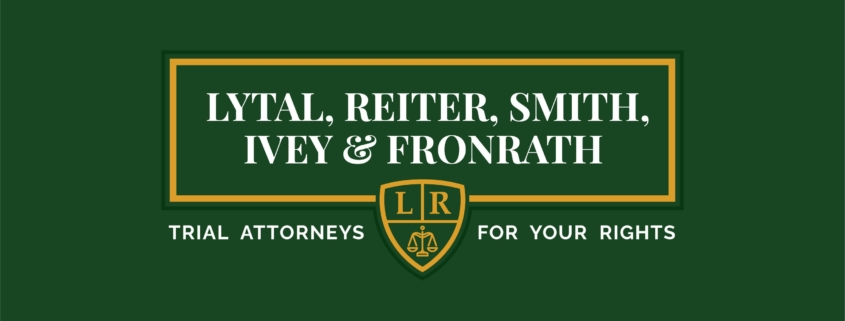“Pain management” has become a common practice among doctors, some of whom even specialize in it. Patients are routinely asked to rate their pain on a scale of 1-10 at every doctor’s visit, and based on their answer the doctor will prescribe narcotics or other potentially addictive drugs to help the patient treat the pain. But all too often, “pain management practices” are really just another way of describing “pill mills,” which prescribe high doses of narcotics to anyone who asks – for a fee, of course. Many of these doctors also filled the prescriptions that they wrote, leading to more convenience for the patients and higher profits for the doctors.
From Legitimate Pain Management to Medically Licensed Drug Dealing
Until late in the 20th century, narcotic pain relievers were generally reserved for short-term use after surgery or serious injury. If a patients’ pain could not be controlled, the theory went, they would be unlikely to move around freely during their recovery and would be more likely to develop blood clots or pneumonia. In a controversial move, some doctors decided to prescribe these drugs to patients with terminal cancer, believing that even if some patients became addicted to the drugs, their life expectancies were short and on balance it was more merciful to manage their pain than to worry about the side effects of addiction.
About twenty-five years ago, there was a change in many doctors’ thinking about the proper use of narcotics. Research showed that chronic pain could actually change the brain over time. Controlling patients’ pain was seen as an important part of medical practice, and research – some of which was paid for by pharmaceutical companies – purported to show that the risk of any one particular patient becoming addicted was low, if the patients were monitored.
Florida became the epicenter of an explosion of death from overdoses of drugs that had been duly prescribed by a doctor. When the Drug Enforcement Administration (DEA) implemented a new system in 2010 to track prescriptions for narcotics in an effort to find and control the most notorious pill mills, 98 of the 100 doctors in the US who wrote the largest number of prescriptions for oxycodone were located in Florida.
Florida Attorney General Pam Bondi said in a campaign commercial in September, 2014 that today, the number of top pill mills in Florida is zero. While Bondi’s claim is controversial in its specifics, there is no doubt that Florida’s “narcotourism industry” has been dealt a severe blow in recent years. The number of deaths from overdose has decreased in Florida in recent years, while at the same time the problem has been growing significantly in the US as a whole.
There are many patients who rely on oxycodone and other narcotics for a few days or weeks, and these drugs can make their recoveries easier and safer. Some people may need to stay on these drugs long-term. But we believe that narcotics should be the last choice for these patients, not the first one, because of the risk of abuse and the fact that mixing narcotics with alcohol or other drugs is a common method of suicide. Patients who are in chronic pain should talk to their doctors about ways to decrease their need for these drugs, such as physical or occupational therapy, a supervised medical exercise program, or the possibility of substituting at least part of their dosage with less dangerous drugs.
If you or a family member are taking narcotics on a long-term basis, know the risks. Count your pills to make sure that they are not being pilfered by someone in the household, or someone who works there or visits frequently. If you see that the dosage is increasing over time, don’t be afraid to talk to the patient about it. He or she may know that they are in trouble, but don’t know how to ask for help. And if you or a loved one have been injured by a narcotics prescription that you believe may have been written too hastily or poorly monitored, you should speak to an attorney. No one wants their loved ones to suffer unnecessarily, but doctors need to remember that the first rule of the Hippocratic Oath is “do no harm.”




